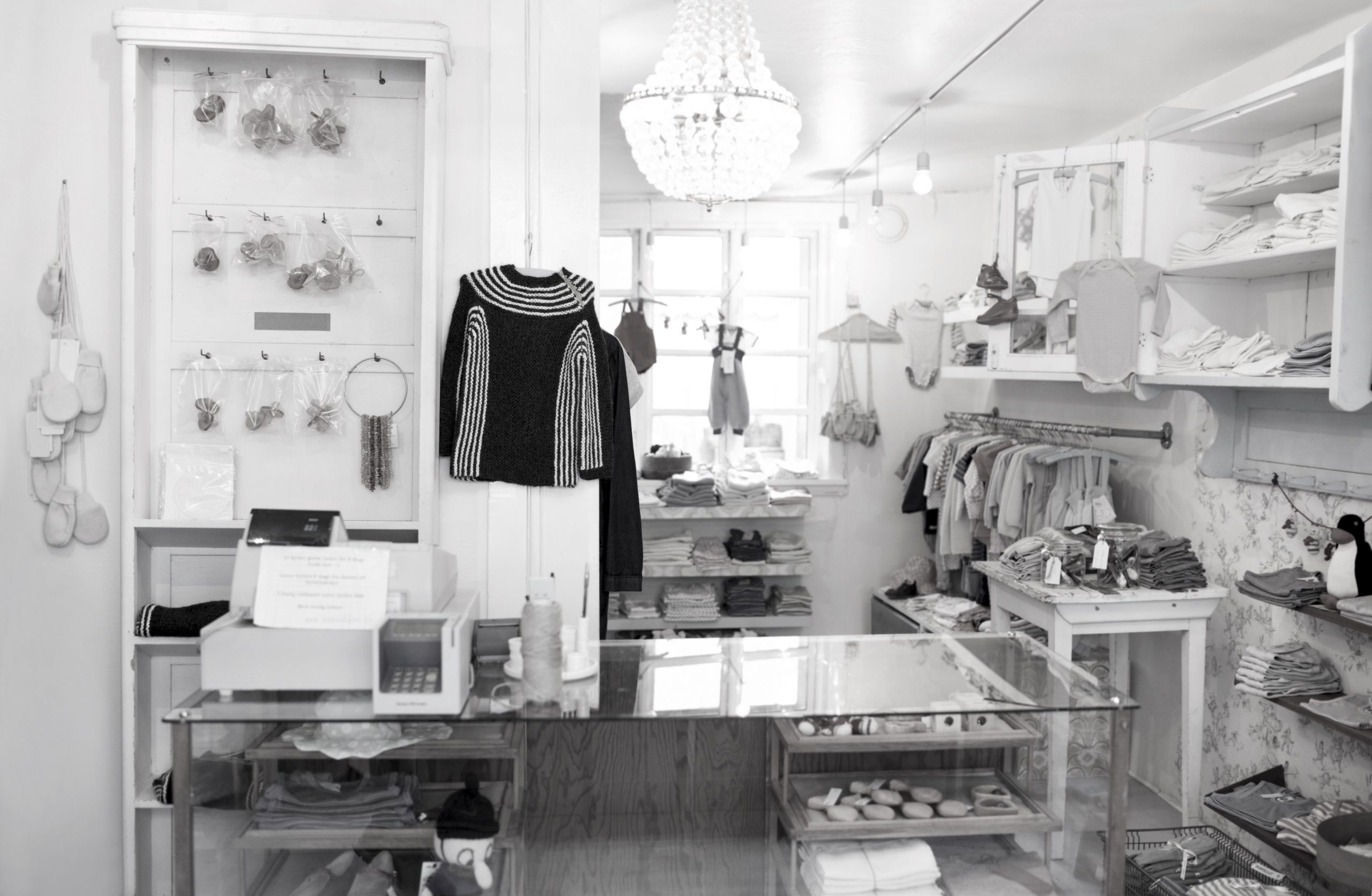Automation, customisation and big data are some of the trends expected to change the retail industry and the way consumers shop in the future. Recently CBRE, the world’s leading real estate services firm and a Partner of The Property Chronicle, has revealed a series of insights for the retail landscape in 2030.
The Future of Retail | 2030 examines 40 “futurist” insights and perspectives on how the world of retail will look different in the future – fuelled by changes in people’s lifestyles, urban environments, retail operations, logistics and other trends impacting the industry. The insights will encourage thinking about the many possible situations facing retailers and investors, and by identifying these challenges, how the retail industry can prepare for the future.
“The future of retail is going to change more than we could ever imagine. At CBRE we have taken the time to think about what will change and what it will mean for consumers and the retail industry as a whole. Physical real estate remains important as a sales channel and increasingly as a communicator of the brand and a demonstrator of experience.”
Andrew Phipps, Head of UK & EMEA Retail Research at CBRE
The first eight insights were launched in November at MAPIC, the international retail property conference.
1. Robotics and automation
According to CBRE, retailers will increasingly invest in new technology and automation and robotics will change the number of jobs available in the retail sector by 2030. Processes will replace some of the human interface in the retail environment.
2. The power of prediction
As the Internet of Things becomes the new normal, the advanced integration of trillions of connected sensors will provide deeper insights into the buying patterns of consumers, enabling retailers to anticipate consumer requirements before they can themselves allowing the supply chain to become far more refined and efficient. This will allow customers to achieve full transparency about what they’re buying and help retailers to fulfil orders more effectively.
3. Buying what you want, where and how you want, is the norm
Advances in smart device technology allow consumers to literally buy what they see: anywhere, any time. Simple, real–time image capture analysis makes everything ‘shoppable’ from any source.
4. Customer experiences are specific not generic
Knowing a customer’s buying habits, their leisure interests, their style and colour preferences means that retailers can present a uniquely personalised experience. Personalization will be the key differentiator in retailing of the future.
5. Personal ownership of cars has dramatically reduced
The first step on the journey to autonomous vehicles is releasing ourselves from the shackles of the ownership cycle. Personal ownership is the exception rather than the norm. These new vehicles are produced by co-creative partnerships between technology companies and car manufacturers.
6. Stores will become showrooms and brand ambassadors
Physical stores of the future will focus on delivering brand experiences. Shopping has become an immersive, sensory, brand engagement, because despite the speed and ease of access to online merchandise, the shopper in 2030 still has the desire to visit a physical store.
7. Pure play (online only) is no longer an important part of retail
Retailers recognise the integral and critical role the physical store has to play. Major pure play retailers will become key owners of physical store real estate.
8. Competition for people’s disposable income has increased
Consumers have a desire for new experiences. Retailers will embrace this, making the consumer experience more engaging and educational. Creating a connection with the consumer will be integral to ensuring future success.







